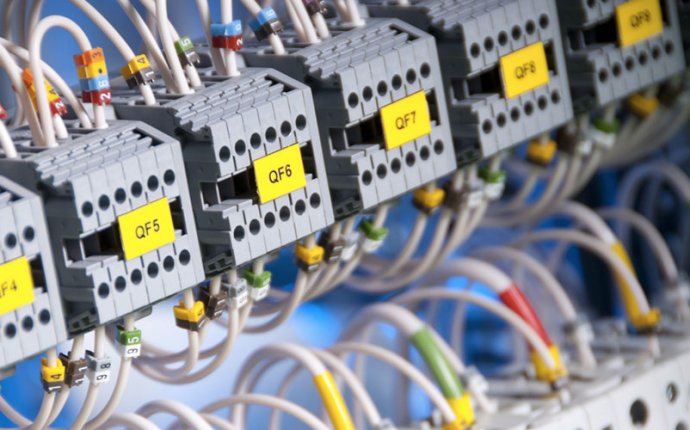
electrical power installation
All 23 displayed
- Adhere to safety practices and procedures, such as checking equipment regularly and erecting barriers around work areas.
- Test conductors, according to electrical diagrams and specifications, to identify corresponding conductors and to prevent incorrect connections.
- Open switches or attach grounding devices to remove electrical hazards from disturbed or fallen lines or to facilitate repairs.
- Climb poles or use truck-mounted buckets to access equipment.
- Drive vehicles equipped with tools and materials to job sites.
- Identify defective sectionalizing devices, circuit breakers, fuses, voltage regulators, transformers, switches, relays, or wiring, using wiring diagrams and electrical-testing instruments.
- Install, maintain, and repair electrical distribution and transmission systems, including conduits, cables, wires, and related equipment, such as transformers, circuit breakers, and switches.
- Dig holes, using augers, and set poles, using cranes and power equipment.
- Place insulating or fireproofing materials over conductors and joints.
- Install watt-hour meters and connect service drops between power lines and consumers' facilities.
- Travel in trucks, helicopters, and airplanes to inspect lines for freedom from obstruction and adequacy of insulation.
- Splice or solder cables together or to overhead transmission lines, customer service lines, or street light lines, using hand tools, epoxies, or specialized equipment.
- String wire conductors and cables between poles, towers, trenches, pylons, and buildings, setting lines in place and using winches to adjust tension.
- Inspect and test power lines and auxiliary equipment to locate and identify problems, using reading and testing instruments.
- Attach cross-arms, insulators, and auxiliary equipment to poles prior to installing them.
- Coordinate work assignment preparation and completion with other workers.
- Replace or straighten damaged poles.
- Trim trees that could be hazardous to the functioning of cables or wires.
- Lay underground cable directly in trenches, or string it through conduit running through the trenches.
- Clean, tin, and splice corresponding conductors by twisting ends together or by joining ends with metal clamps and soldering connections.
- Pull up cable by hand from large reels mounted on trucks.
- Cut and peel lead sheathing and insulation from defective or newly installed cables and conduits prior to splicing.
- Cut trenches for laying underground cables, using trenchers and cable plows.
Source: www.onetonline.org









